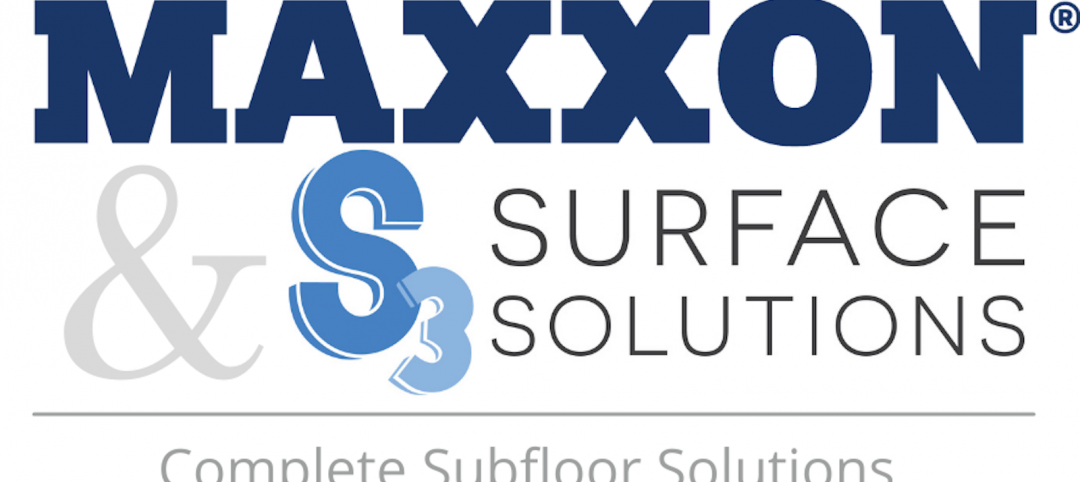A consortium of construction firms, property developers, and building engineers have pledged to drive down the carbon emissions of concrete.
The new ConcreteZero initiative consists of 17 companies that have pledged to bring the proportion of “low-emissions” concrete they use to 30% by 2025 and 50% by 2030. Major European construction firms including Laing O’Rourke, Mace, Skanska UK, and Willmott Dixon; property owners and developers including Canary Wharf Group and Grosvenor; and engineering firms including Buro Happold and Thornton Tomasetti are aiming to use only zero-carbon concrete by 2050.
The 2050 goal is a high mark that will likely be hard to reach. Cement production accounts for between 7% and 8% of global carbon emissions today. With increasing demand for concrete for construction, and the carbon-intensity of global cement production growing, emissions from concrete production have been rising in recent years.
But options to reduce the carbon-intensity of concrete are broadly available, practical, and cost-effective today, building decarbonization experts say. ConcreteZero is modeled on similar Climate Group initiatives including a pledge to boost the use of renewable energy to commit to sourcing more low-carbon steel.
Related Stories
Building Materials | Aug 3, 2022
Shawmut CEO Les Hiscoe on coping with a shaky supply chain in construction
BD+C's John Caulfield interviews Les Hiscoe, CEO of Shawmut Design and Construction, about how his firm keeps projects on schedule and budget in the face of shortages, delays, and price volatility.
Reconstruction & Renovation | May 4, 2022
AIA course: Concrete buildings — Effective solutions for restoration and major repairs
The history of concrete construction between 1950 and 1970 offers architects and construction professionals a framework for how to rehabilitate these buildings today using both time-tested and emerging technologies. This course, worth 1.0 AIA LU, was authored by Henry Moss, AIA, LEED AP, Principal with Bruner/Cott Architects.
Concrete Technology | Apr 19, 2022
SGH’s Applied Science & Research Center achieves ISO 17025 accreditation for concrete testing procedures
Simpson Gumpertz & Heger’s (SGH) Applied Science & Research Center recently received ISO/IEC17025 accreditation from the American Association for Laboratory Accreditation (A2LA) for several concrete testing methods.
AEC Tech Innovation | Mar 9, 2022
Meet Emerge: WSP USA's new AEC tech incubator
Pooja Jain, WSP’s VP-Strategic Innovation, discusses the pilot programs her firm’s new incubator, Emerge, has initiated with four tech startup companies. Jain speaks with BD+C's John Caulfield about the four AEC tech firms to join Cohort 1 of the firm’s incubator.
Codes and Standards | Feb 28, 2022
Low-cost concrete alternative absorbs CO2
Researchers at Worcester Polytechnic Institute have developed a new CO2-absorbing material that’s a low-cost alternative to concrete.
Products and Materials | Feb 24, 2022
MAXXON® Corporation announces strategic affiliation with S3 Surface Solutions
Maxxon® Corporation, creator of Gyp-Crete® and a leader in the underlayment industry for 50 years, has aligned with S3 Surface Solutions, an innovative manufacturer of products that address problematic concrete slabs, to bring innovative, technology-driven subfloor preparation solutions to the flooring industry.
Sponsored | Reconstruction & Renovation | Jan 25, 2022
Concrete buildings: Effective solutions for restorations and major repairs
Architectural concrete as we know it today was invented in the 19th century. It reached new heights in the U.S. after World War II when mid-century modernism was in vogue, following in the footsteps of a European aesthetic that expressed structure and permanent surfaces through this exposed material. Concrete was treated as a monolithic miracle, waterproof and structurally and visually versatile.
Sponsored | Resiliency | Jan 24, 2022
Blast Hazard Mitigation: Building Openings for Greater Safety and Security
3D Printing | Jan 12, 2022
Using 3D-printed molds to create unitized window forms
COOKFOX designer Pam Campbell and Gate Precast's Mo Wright discuss the use of 3D-printed molds from Oak Ridge National Lab to create unitized window panels for One South First, a residential-commercial high-rise in Brooklyn, N.Y.
Concrete | May 18, 2021
GCP Applied Technologies Partners with Athena Sustainable Materials Institute
GCP Applied Technologies, a leading global provider of construction products technologies, is pleased to announce a partnership with Athena Sustainable Materials Institute, a nonprofit research collaborative bringing life cycle assessment to the construction sector.
















